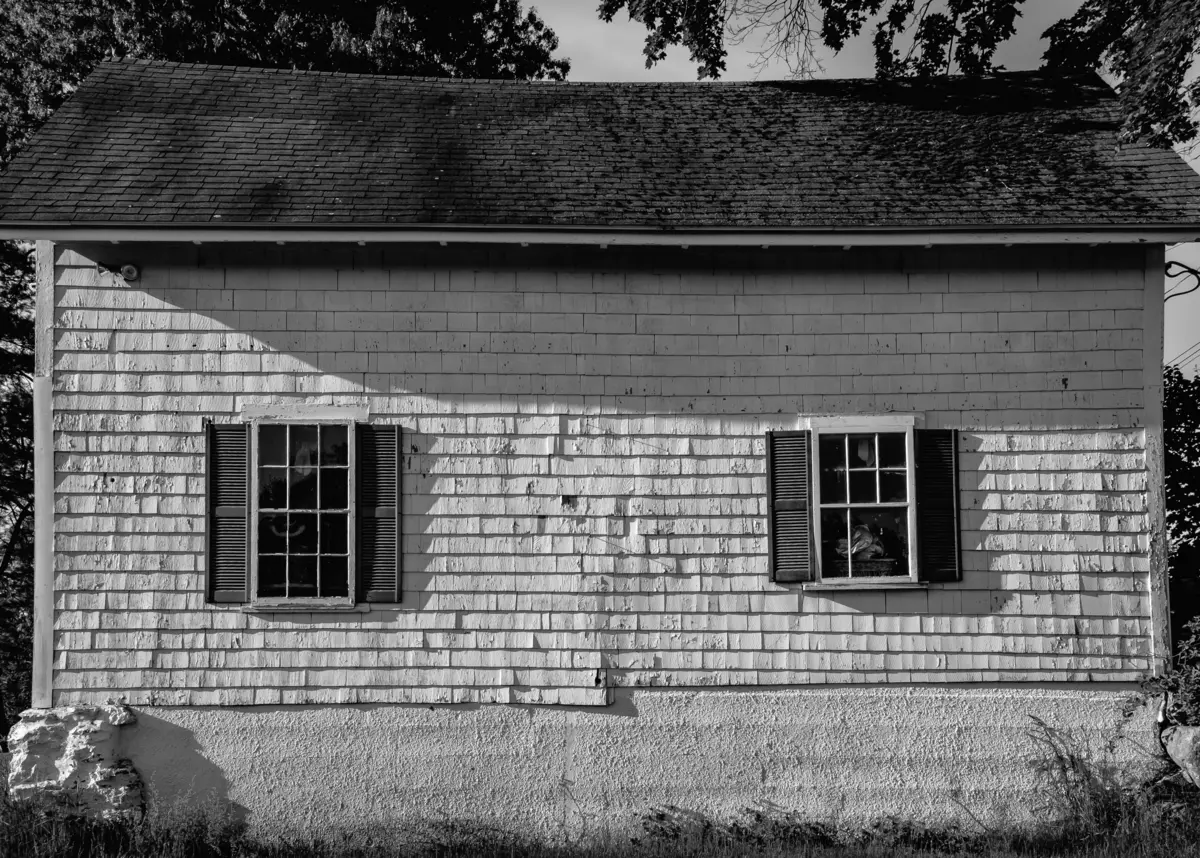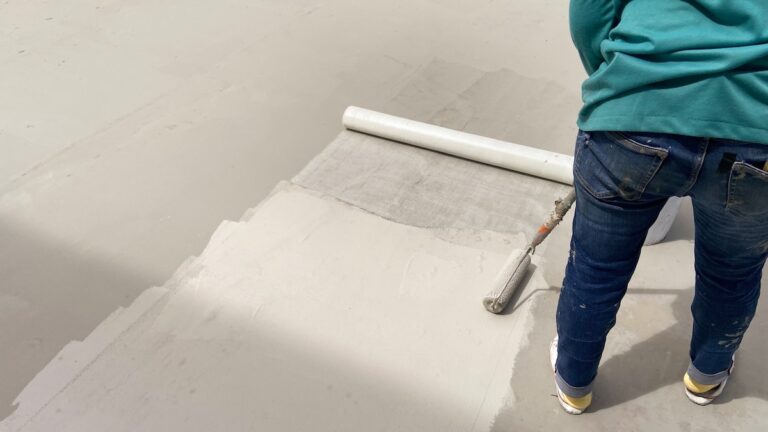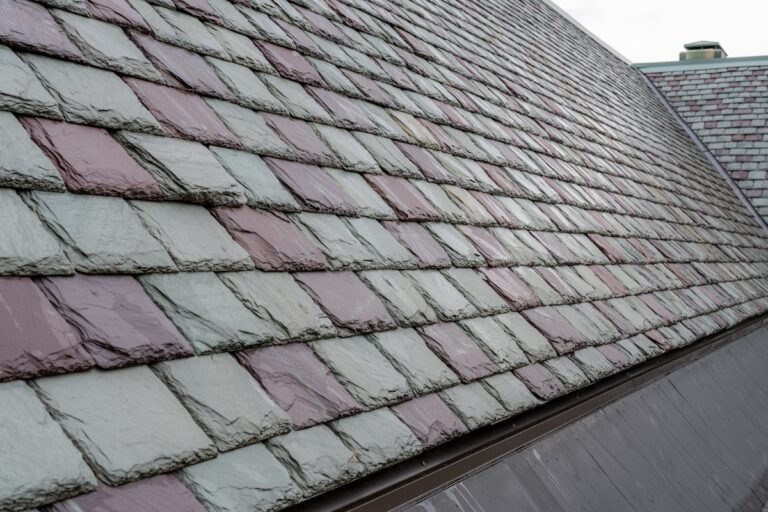When it comes to home maintenance, a sagging roofcan be one of the most alarming issues that homeowners face. Not only does it affect the aesthetic appeal of your home, but it also signals potential structural problems that could lead to costly repairs down the line.
Today’s guide, will explore:
- The causes of a sagging roof
- How to identify it
- The risks involved
- The steps you can take to address the problem effectively
What Causes a Sagging Roof? 5 Common Causes

Several factors can contribute to a sagging roof. Understanding these causes can help you determine the best course of action:
1) Structural Overloading:
A roof is designed to bear a certain weight. If that weight limit is exceeded, whether due to heavy snowfall, excessive water accumulation, or even the addition of new roofing materials, it can lead to sagging. This is often seen in older homes where the roofing structure might not be as robust.
2) Poor Construction or Design:
Sometimes, the root of the problem lies in the initial construction. If the roof was poorly designed or constructed with sub-par materials, it might not have the structural integrity needed to hold its shape over time. Inadequate support beams or improper spacing can also lead to sagging issues.
3) Water Damage:
Water is one of the most common culprits when it comes to roof issues. Leaks can lead to water seeping into the roof’s structure, damaging the wood and causing it to weaken and sag. Regular maintenance and inspection can help catch leaks before they become a major problem.
4) Aging and Wear:
Like everything else in a home, roofs have a lifespan. Over time, exposure to the elements will cause wear and tear. The materials may become less effective, and the overall structure can weaken, leading to sagging.
5) Foundation Issues:
Interestingly, problems with your home’s foundation can also manifest in your roof. If the foundation shifts or settles, it can alter the load distribution on the roof, causing it to sag.
Identifying a Sagging Roof
Recognizing the signs of a sagging roof early can prevent further damage. Here’s what to look for:
- Visible Sagging: The most obvious sign is a visible dip or curve in the roofline. From the exterior, stand back and look at the roof from different angles.
- Interior Damage: Inside your home, look for cracks in the ceiling, walls that seem to bulge, or doors that suddenly don’t close properly.
- Leaks and Water Stains: Water stains or leaks in the attic or upper floors can indicate that water has compromised the roof structure.
- Uneven Shingles or Tiles: If shingles or tiles look uneven or are starting to pop up, it could indicate underlying sagging issues.
Risks of Ignoring a Sagging Roof
Failing to address a sagging roof can lead to a host of problems, including:
- Structural Damage: A sagging roof puts additional stress on the overall structure of your home, potentially leading to more widespread damage.
- Water Damage: The sagging can create low points where water collects, increasing the risk of leaks and water damage inside your home.
- Decreased Home Value: A sagging roof is a red flag for potential buyers, indicating possible structural issues that could reduce the resale value of your home.
- Safety Hazards: In severe cases, a sagging roof can collapse, posing significant safety hazards to occupants.
How to Address a Sagging Roof: 5 Action Steps

If you notice signs of a sagging roof, taking prompt action is crucial. Here’s a step-by-step approach to addressing the problem:
1. Consult a Professional
The first step is to consult with a roofing professional or structural engineer. They can assess the extent of the damage and determine the underlying cause. This assessment is essential for determining the right course of action.
2. Temporary Measures
While waiting for professional help, you can take temporary measures to prevent further damage. This might include removing excess snow from the roof or temporarily patching leaks.
3. Repair or Reinforce
Based on the professional assessment, you’ll need to decide whether the roof needs repairs or reinforcement. In some cases, adding additional supports or beams can stabilize the roof. In more severe cases, sections of the roof or even the entire roof may need to be replaced.
4. Address Underlying Issues
If the sagging is due to water damage, ensure that leaks are repaired and proper drainage is in place. For foundation-related issues, consult a foundation specialist to make necessary corrections.
5. Regular Maintenance
Once the roof is repaired, regular maintenance is key to preventing future issues. This includes cleaning gutters, inspecting for leaks, and ensuring that the roof is clear of debris that could add extra weight.
Preventing Sagging Roofs
Prevention is always better than cure. Here are some tips to prevent roof sagging:
- Regular Inspections: Have your roof inspected annually by a professional to catch any potential issues early.
- Proper Ventilation: Ensure that your attic has proper ventilation to prevent moisture buildup and heat damage.
- Trim Trees: Keep nearby trees trimmed to prevent branches from falling and adding weight to the roof.
- Snow Removal: In regions with heavy snowfall, promptly remove snow from your roof to prevent excess weight.
- Choose Quality Materials: When building or replacing a roof, invest in high-quality materials that are suited to your climate and home design.
Let Us Fix Your Damaged Roof Decking

A sagging roof is not just an aesthetic issue; it’s a serious structural problem that requires immediate attention. By understanding the causes and signs, homeowners can take proactive steps to address the issue before it leads to more significant damage. Remember to engage with professionals when dealing with structural issues to ensure that the work is done correctly and safely.Don’t wait until small warning signs become big problems.Let Johnson Restoration fix a sagging roof and more! Regular maintenance and timely repairs will keep your roof—and your home—safe and sound for years to come.






